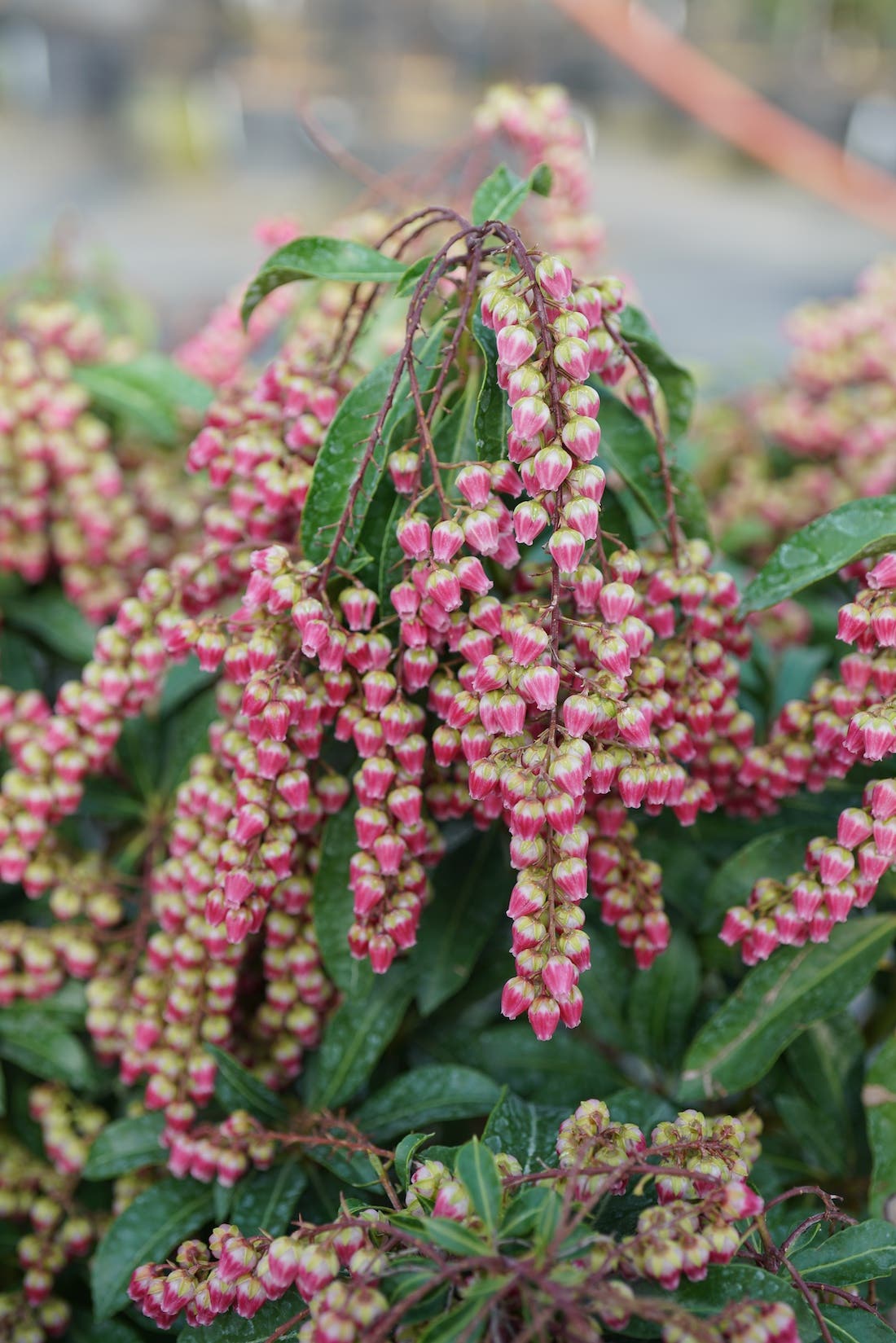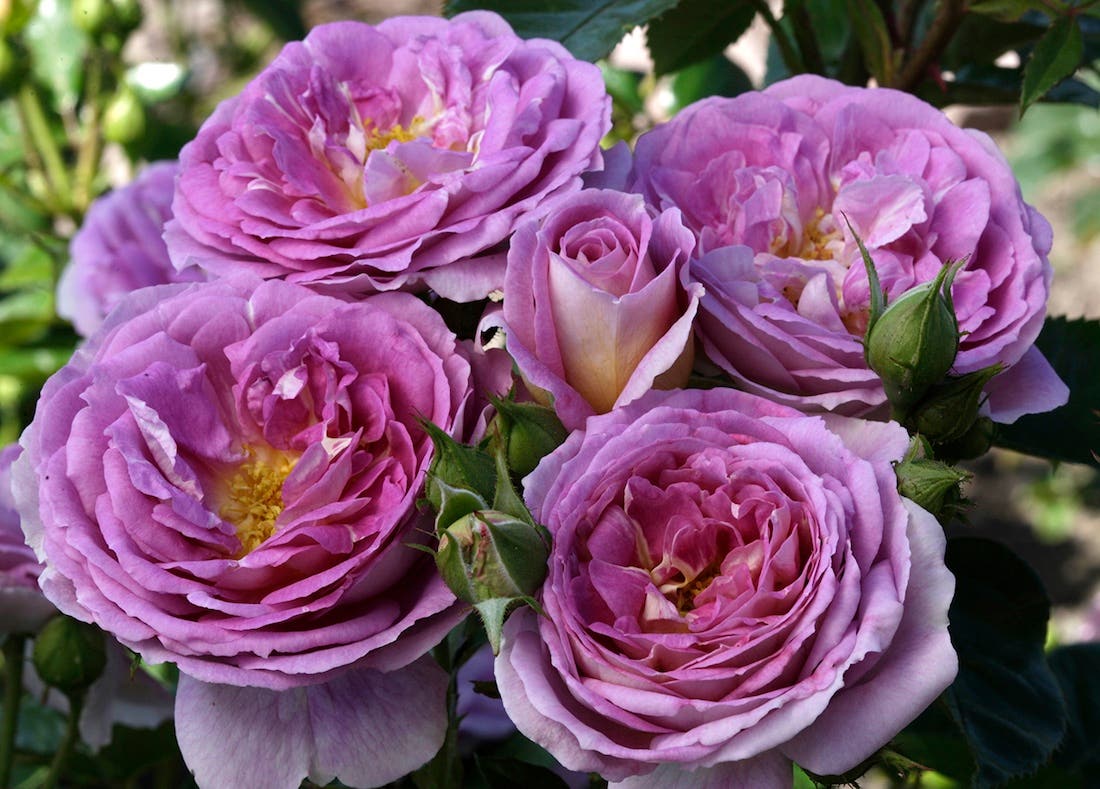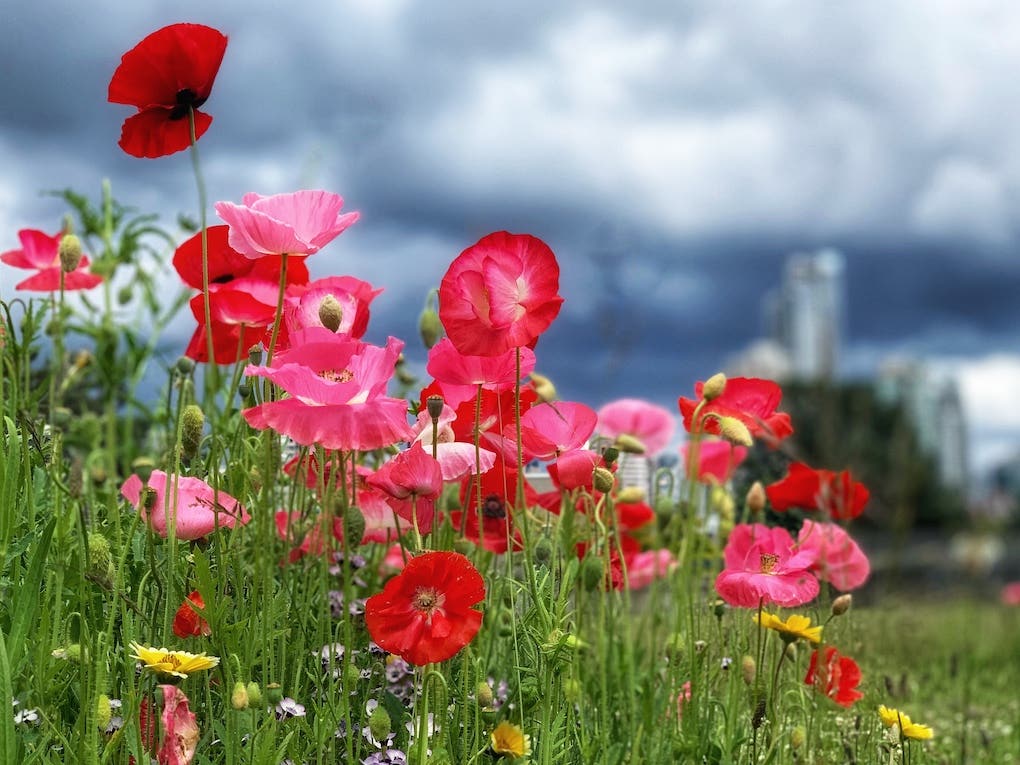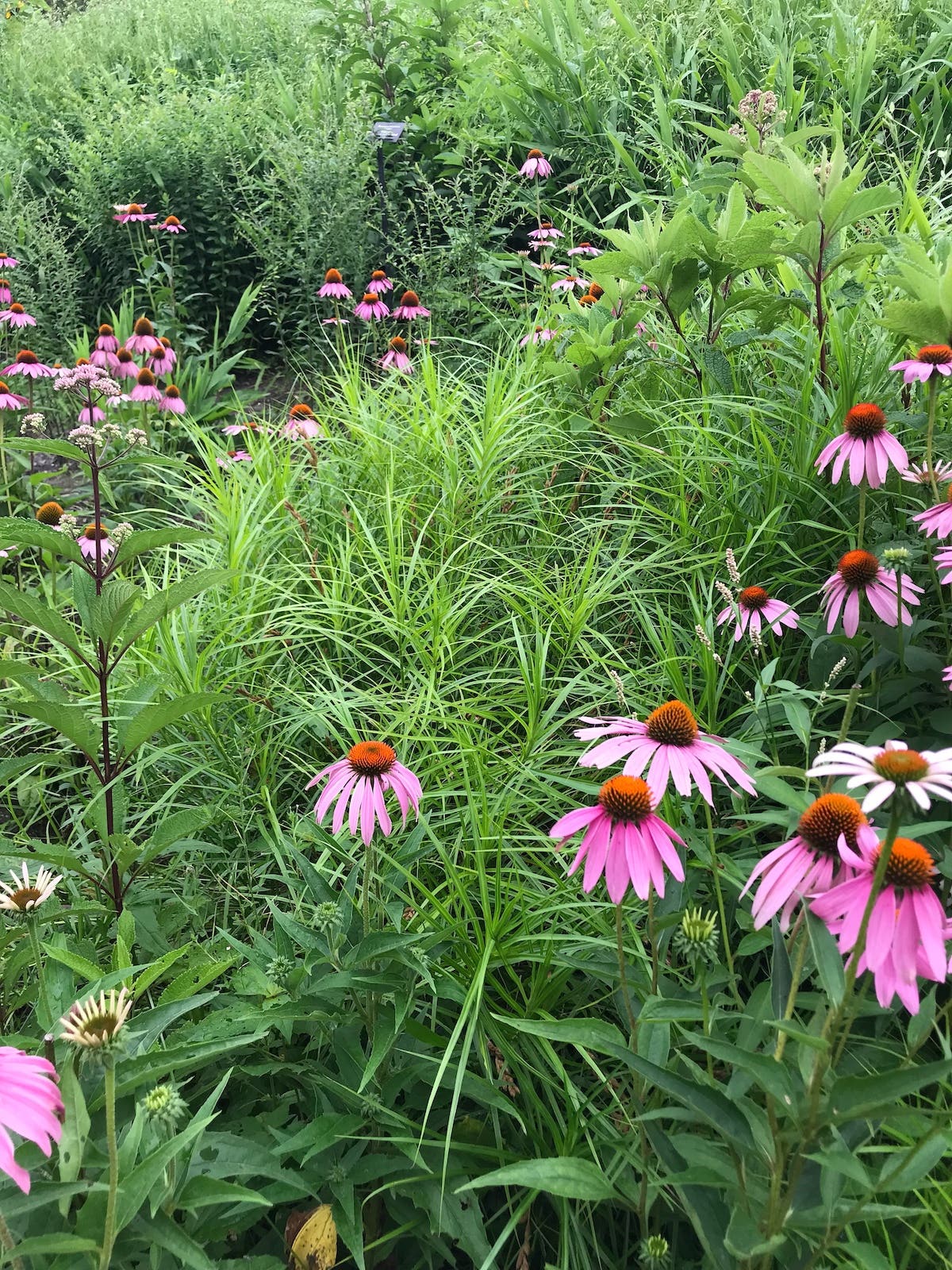Rosy Milkweed Proves Itself a Great Plant
Nebraska’s GreatPlants program honors Asclepias incarnata.
In the program GreatPlants, the Nebraska Statewide Arboretum and the Nebraska Nursery and Landscape Association collaborate each year to highlight superb plants for the challenging conditions of the Great Plains. (Many can grow well elsewhere, too.) The 2021 choices reflect the concerns of gardeners today: “Adaptability is especially important with our current weather extremes,” explains Karma Larsen, NSA communications specialist. “We also want to feed pollinators and wildlife, do a minimum of fussing and plan for year-round beauty that will draw us outside no matter the weather.” In 2021, GreatPlants chose rosy milkweed as its Perennial of the Year.
Common name: Rosy milkweed, swamp milkweed, marsh milkweed
Botanical name: Asclepias incarnata
Highlights: A wonderful vanilla fragrance marks this milkweed that blooms from mid- to late summer. The colloquial names marsh and swamp milkweeds hold true; it is one of the few ornamentals that do well in mucky clay, according to GreatPlants. That said, while it prefers moist soil, it has very deep taproots that make it adaptable to drier sites. A larval host plant for monarchs, it’s also a favorite of other butterflies as well as hummingbirds. Like all milkweeds, it offers interesting seedpods through winter.
Exposure: Full sun
Flowers: Rosy milkweed has fragrant, tiny pink to purplish flowers held in dense, flat-topped clusters (umbels) atop its stems. The bloom time is midsummer to autumn. Narrow seed pods develop after flowering ends; when they split open they release the familiar seeds of milkweed—brown with white silk attached for easy carriage by wind.
Foliage: Long, thin green leaves line the upright stems, appearing in opposite pairs.
Habit: This species of milkweed grows to about four feet tall, with upright stems that make a clump about three feet wide.
Origin: Asclepias incarnata is native to wet meadows, marshes, swamps and fields of eastern Canada through roughly the eastern half of the United States as far south as Georgia and Texas.
How to grow it: Site in full sun and moderately moist to wet soil. This is a good candidate for a pond side, rain garden or other poorly drained site, although it can adapt to more average garden conditions. USDA Zones 3–9.
Read about other milkweeds in "Expand Your Butterfly Garden with Less Common Milkweeds."
Read about another award-winning milkweed, in "Perennial Plant of the Year 2017: Asclepias tuberosa."
Image credits:
Flower detail by Joshua Mayer/CC BY-SA 2.0
Whole plant by Milo Pyne, courtesy of NatureServe/Public Domain







